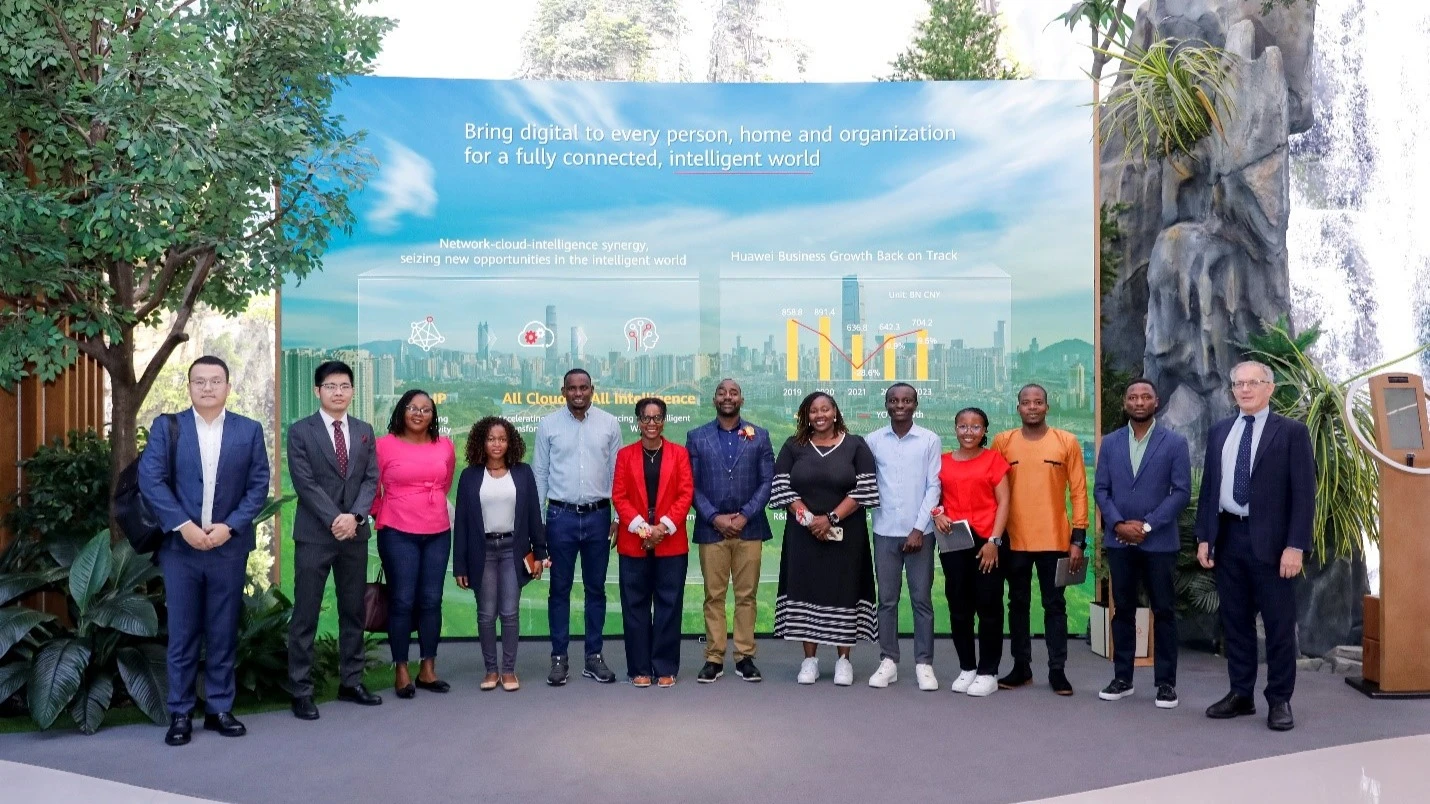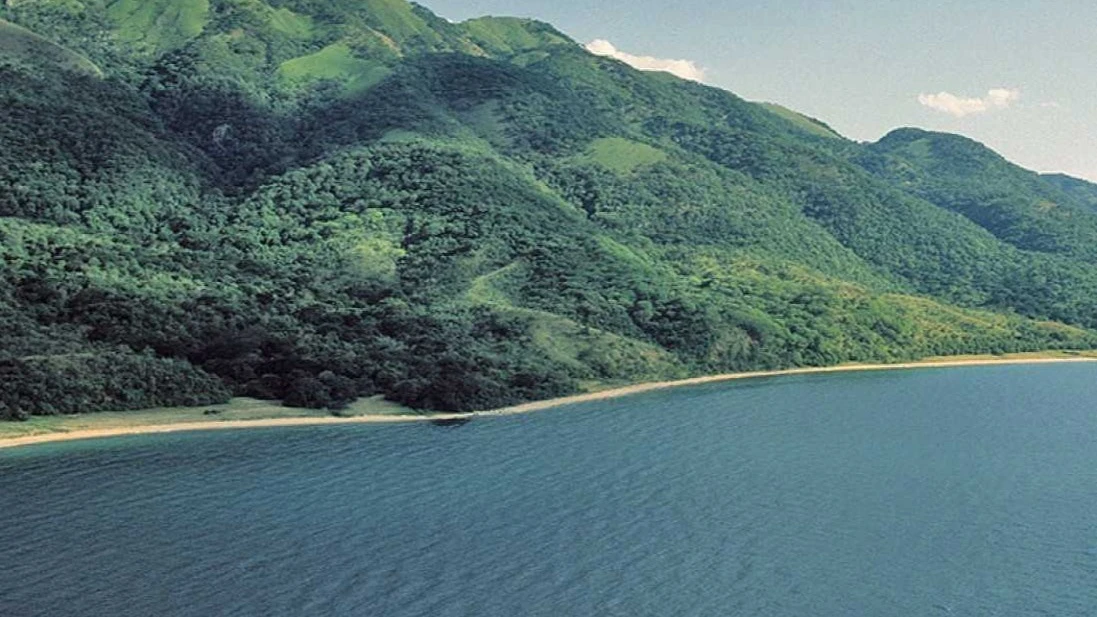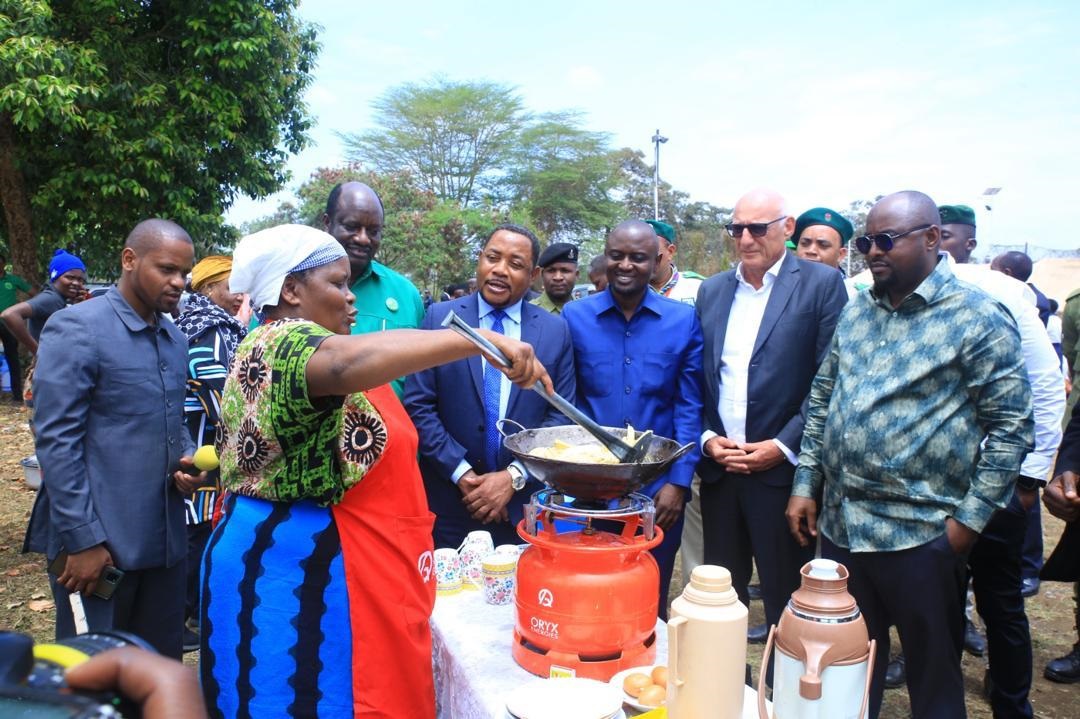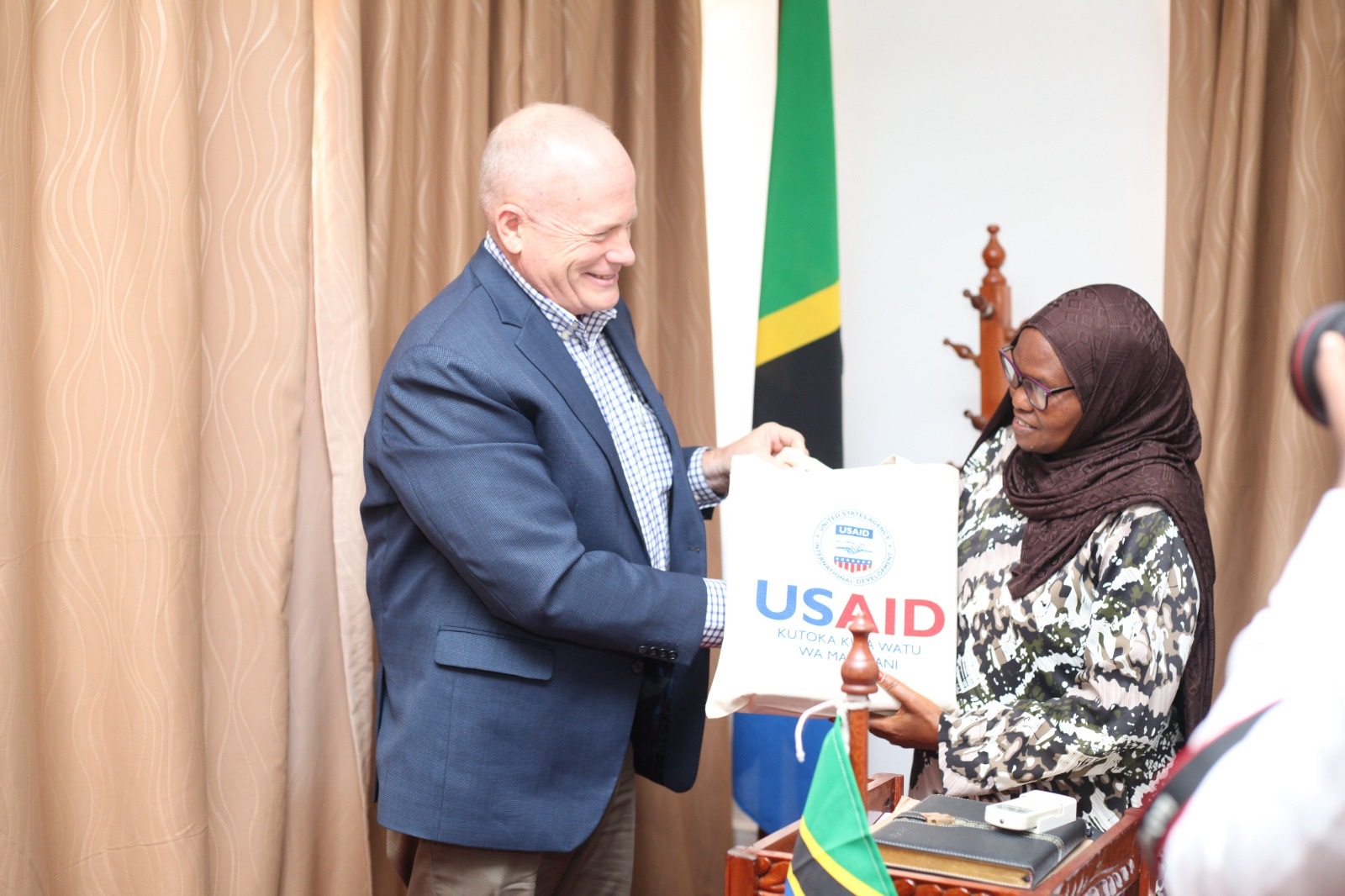Logistics obstacles in Sub-Saharan Africa's fuel supply chain revealed

A new report by Switzerland's Puma Energy highlights inadequate logistics infrastructure as a major challenge to efficient, secure and affordable fuel supply in Sub-Saharan Africa.
The report, produced in partnership with the UK's CITAC and titled Fuelling Africa’s Potential: Bridging the Gap in Energy Infrastructure, states that port congestion and an overreliance on trucks for transportation are causing increased fuel costs for governments and citizens, which is impairing the region’s socio-economic development potential.
Nearly 60 percent of Africa’s 170 berths have draft restrictions lower than the 10 metres required for 35,000dwt vessels, which is typically the minimum size for international oil trade.
The shallow drafts limit product importers to supply by barge and small tankers, which restricts economies of scale, constrains import rates, and often requires ship-to-ship transfers, adding US$20-30 a tonne to the landed price of the cargo.
The report says further port capacity is essential to support the region's continued economic growth and to improve the efficiency of import/export operations. It also says product storage facilities need to be expanded.
Sub-Saharan Africa has 317 coastal storage facilities with clean product capacity of which just 18 are classed as world-scale (>150,000 cubic metres). This prevents efficiencies of scale, hampers the discharge of large cargoes, and limits the scope for maintaining security stocks. Although seven new storage facilities are under construction, just two will be world-scale.
The report estimates that US$1.4 billion of investment is required in the expansion of primary storage capacity by 2040 to meet rising demand for oil products.
About 83% of Sub-Saharan Africa’s oil products are evacuated from import terminals and refineries by truck due to the limited coverage of railways and the absence of pipelines. Elsewhere in the world, trucks are mostly used for last-mile deliveries from inland storage facilities and distribution hubs.
According to the report, there are nine oil product pipeline networks in Sub-Saharan Africa running for 13,000km combined, but not all are in service. The challenge associated with pipelines in Africa has typically been under-maintenance leading to leaks and poor security along the length of pipelines resulting in thefts.
Meanwhile, rail is used in just seven Sub-Saharan African countries for primary evacuation, and is typically slower than road transportation, with schedules limited by locomotive and rail car availability, and maintenance issues of both equipment and lines.
Key complaints from market participants include insufficient and poorly maintained rail cars, lack of locomotives for hauling and shunting, and terminals having insufficient loading/offloading arms, resulting in long delays.
The report states that rail has significant potential to debottleneck supply chains, lower emissions and achieve economies of scale in the distribution of fuels and presents an attractive option for African countries.
A typical road tanker carries around 32 tonnes and generally emits 30-40 grammes per kilometre tonne depending on fuel consumption. A long-haul diesel train can carry up to 1,800 tonnes and will emit around 7-12 grammes per kilometre tonne (depending on fuel consumption). Other benefits also include reduced road usage and fewer traffic accidents.
The report calls on governments to drive the uptake of rail by investing in locomotives and rolling stock and ensuring the more efficient management of networks. It estimates the construction of sufficient siding space, additional loading bays and loading arms and pumps for efficient loading of rail tank cars will cost US$4-6 million per terminal, with an additional investment of US$20,000 per rail tank car to obtain and refurbish a dedicated fleet of rail cars.
The report highlights Côte d’Ivoire as a success story, having diversified its onshore liquid fuel supply chains to use a combination of road tankers, rail and pipeline. This has been achieved through government directives mandating minimum usage quotas.
In 2022, the use of rail and pipeline saved 152 daily truck outs from Abidjan, where the country's production and imports are concentrated.
“The Ivorian example illustrates how pipeline and rail, with the support of a strong political will, can effectively debottleneck an otherwise congested region,” the report states.
In 2022, oil product demand in Sub-Saharan African totalled 91.3 million tonnes. Consumption is expected to climb by 56 percent to reach 142 million tonnes by 2040 driven by economic expansion, population growth, and urbanisation, making addressing the current infrastructure bottlenecks all the more urgent.
Liz Bains is the Chief Content Officer for Construction Africa, she can be reached via social media.
Top Headlines
© 2024 IPPMEDIA.COM. ALL RIGHTS RESERVED

























